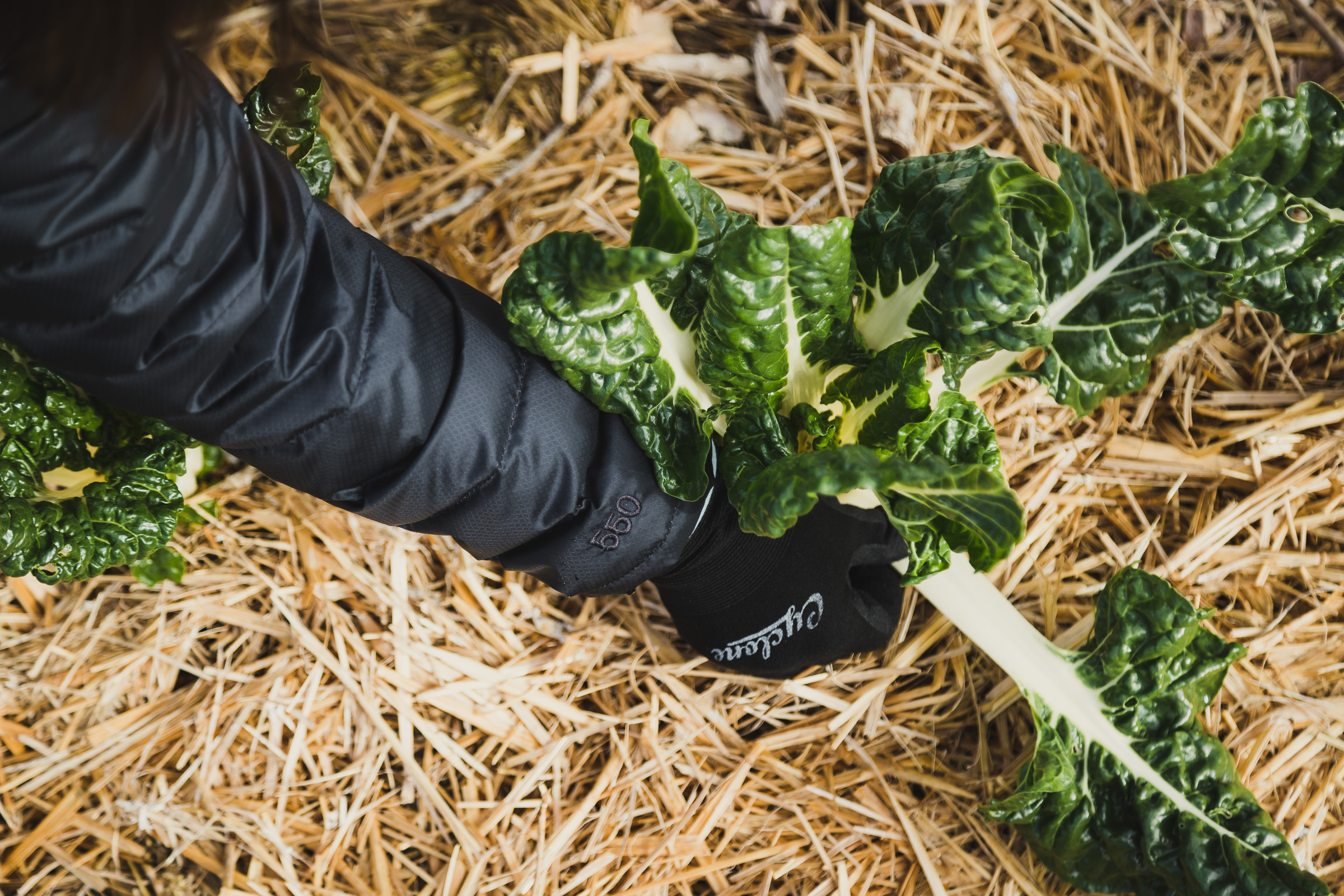
Growing your own food for sustainable living
In today’s fast-paced world, many of us have lost touch with the origins of our food. We rely heavily on supermarkets and restaurants to provide us with meals, often disconnected from the process of growing and harvesting the ingredients. With the rising cost of living, it might be time to consider growing your own food. I promise it can bring joy, mindfulness, and a very worthy boasting opportunity!
So, grab your glasses, and a notepad and get ready to grow with these simple steps to saving money through the garden-to-table gift of growing.
Taking control of your food sources and reducing your carbon footprint, involves growing fruits, vegetables, herbs, and even small-scale livestock in your own backyard or community garden. The goal is to create a more sustainable and environmentally friendly approach to food production.

Benefits of Garden-to-Table Gardening
- Freshness and Flavour: One of the most immediate benefits of Garden-to-Table gardening is the incredible flavour of homegrown produce. There’s nothing quite like picking a ripe tomato or plucking fresh herbs just before cooking a meal. The taste is unparalleled.
- Sustainability: Growing your own food means you can reduce your reliance on long-distance food transportation, which often involves excessive packaging and energy consumption. It’s a small but meaningful step towards a more sustainable lifestyle.
- Nutritional Value: Homegrown fruits and vegetables are often more nutritious than store-bought counterparts. You have control over the type of soil, fertilizer, and pesticides used, which can result in healthier, chemical-free produce.
- Economic Savings: Over time, gardening can save you money. While there may be initial costs for seeds, soil, and tools, the ongoing investment is relatively low compared to buying fresh produce regularly.
- Connection to Nature: Gardening provides a chance to reconnect with nature and experience the rhythm of the seasons. It’s a therapeutic and calming hobby that can reduce stress and promote mental well-being.
Getting Started with Garden-to-Table Gardening
- Choose the Right Location: Select a sunny spot in your yard or community garden for your vegetable beds. Most vegetables need at least 6-8 hours of sunlight daily.
- Prepare the Soil: Invest time in preparing your soil by adding compost and organic matter. Healthy soil leads to healthy plants.
- Select Suitable Crops: Choose crops that are well-suited to your climate and growing conditions. Tomatoes, peppers, herbs, and lettuce are great options for beginners.
- Water Wisely: Be mindful of water usage by implementing efficient watering techniques, such as drip irrigation or mulching to retain moisture.
- Practice Organic Gardening: Minimize the use of synthetic chemicals, pesticides, and herbicides. Embrace organic gardening methods to keep your produce chemical-free.
- Maintain and Harvest: Regularly tend to your garden, providing support for climbing plants, weeding, and protecting against pests. Harvest crops when they’re ripe for the best flavor and nutritional value.
By growing your own food, you can take pride in knowing where your meals come from, reduce your environmental impact, and savor the unparalleled taste of homegrown produce. So, roll up your sleeves, dig into the soil, and start your own Garden-to-Table journey towards sustainable living.
Your taste buds and the planet will thank you!
